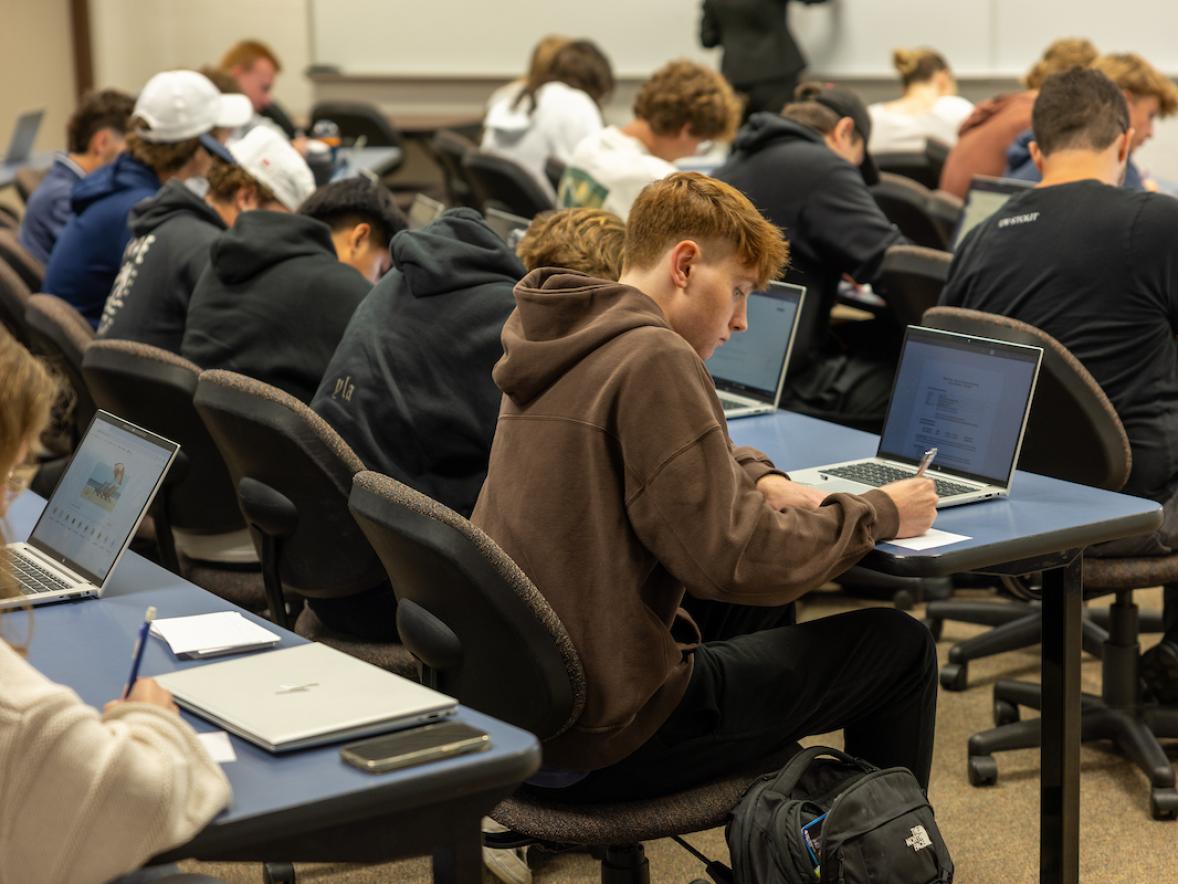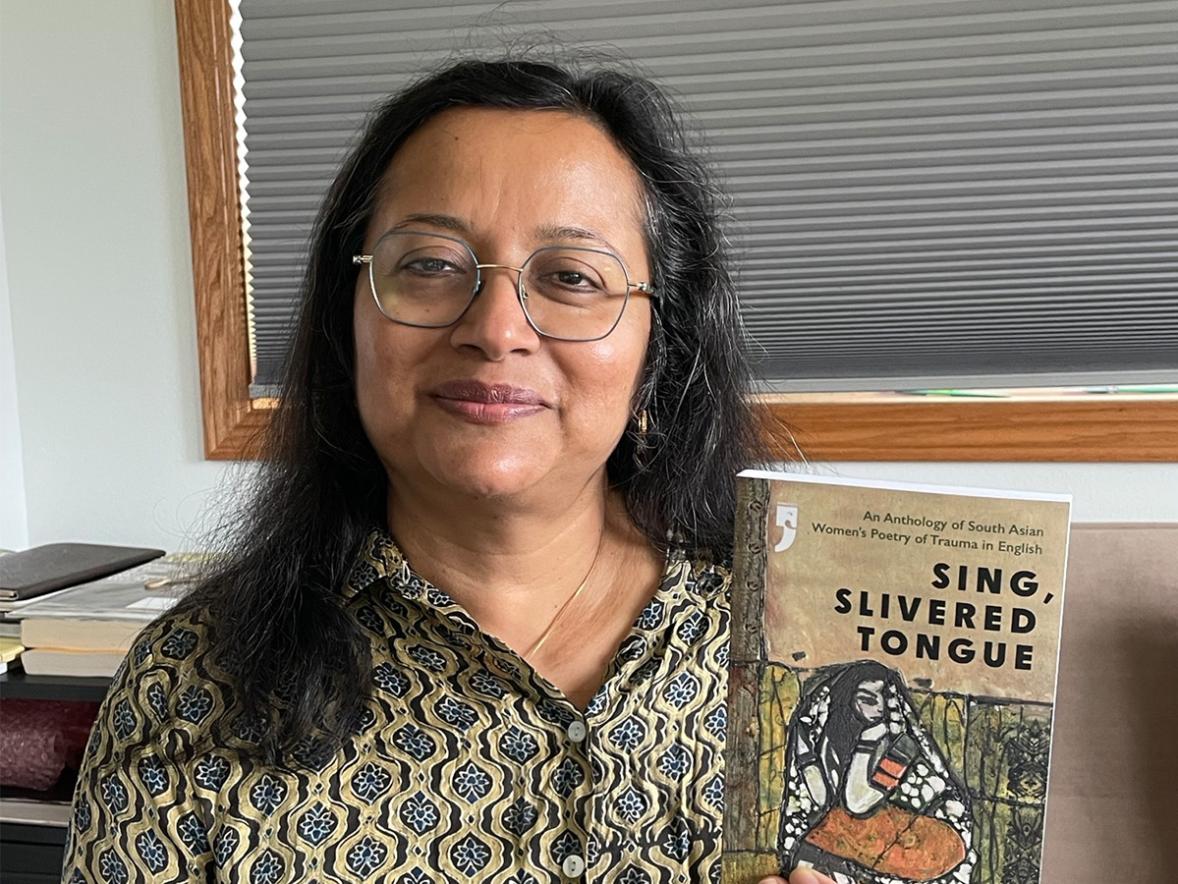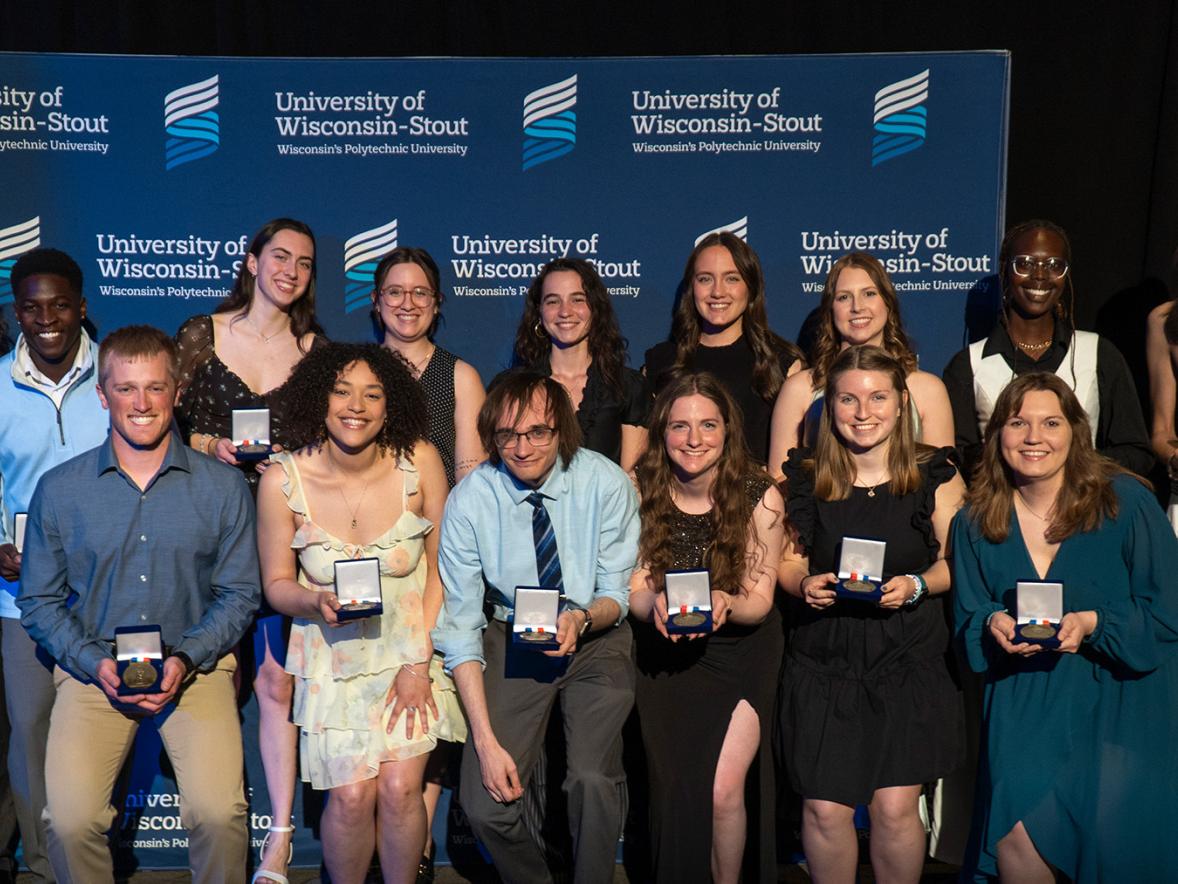Applied Journalism students in Professor Kate Edenborg’s convergent communication course conduct research on UW-Stout’s student newspaper Stoutonia each fall semester. The Stoutonia research project requires students to develop a question, outline a process of research, and analyze the context of their discoveries.
“This close examination of the campus newspaper archives really pushes them to realize that content is not created in a bubble,” Professor Edenborg said. “There are many forces, sometimes societal and cultural, that shape the articles they are analyzing.”
Rosie Muckley, a senior majoring in Professional Communications and Emerging Media, described convergent communications as the study of the history of communication devices and uses through the years and the search for ways to improve communication methods.
Stoutonia, being a source of campus communication, has changed throughout its century in publication. Many questions are easily developed while flipping through its countless issues, and with a new keyword search tool, answers are more accessible. Five groups of students developed questions and presented their findings on December 14 at the campus library.
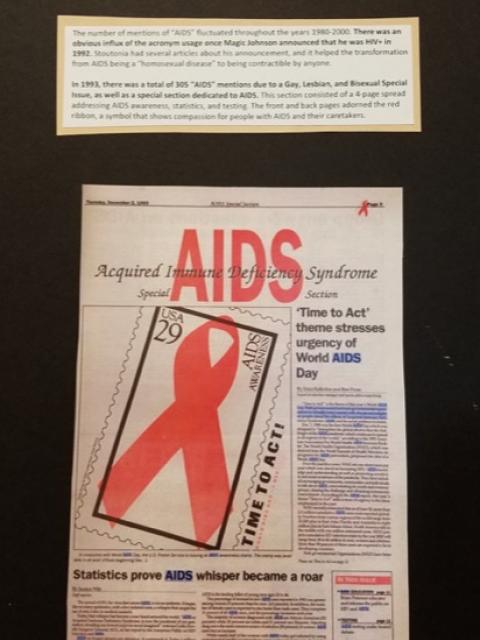
Keyword research
The first group recorded the number of times AIDS was mentioned in Stoutonia between 1981 to 2000. They noted whether an article was an opinion piece, news, or informational. They also noted ads and comics referring to AIDS.
Evan Thue, a Professional Communications and Emerging Media junior explained, “We then recorded whether the content was a positive, negative, or neutral showing of AIDS.”
In the early years of their focal time period, the group’s search for the keyword AIDS only resulted in references to Financial Aid. The mention of AIDS was virtually non-existent. Then in 1987, the number of times AIDS was mentioned suddenly jumped to 187. Fear-based and prejudicial language against homosexuality was prevalent in articles. Aggressive editorials focused on the “pandemic” and opinion pieces pushed religious beliefs, even referring to Biblical passages.
Another influx of the mention of AIDS in Stoutonia articles and ads occurred in 1992. But the language changed to an educational tone referring to awareness and prevention. Hope-based messages combated discriminatory beliefs. The group believed this change was due to Magic Johnson’s announcement that he had tested positive for HIV, leading to a change in mindset. AIDS was no longer perceived as a disease spread among homosexuals. Anyone could contract it.
Perhaps the most unique finding of the group’s research was the discovery of a special issue printed in 1993. Current archive staff members were unaware of the existence of this special issue and were excited to learn of its discovery by the students. The issue included a color spread of symbology among which was the red ribbon, the universal symbol for AIDS awareness and support for people living with HIV.
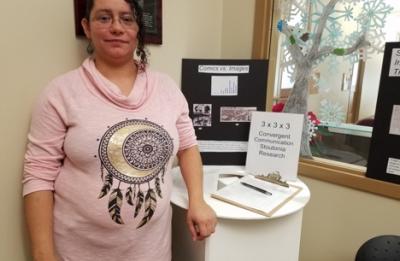
Visual changes
In contrast to the international scope of AIDS, Muckley’s group looked into the number of images and visual changes in Stoutonia through the decades, beginning in 1915. For a diverse look into the paper’s use of images, they checked out an issue from each decade.
“In the early years of the paper, there were not many images,” Muckley explained. “It was very content-based. But as the years progressed, Stoutonia started using more, with a huge jump in the number and size of images in 1985.”
The group reported this was the time when Stoutonia shifted from being textual to visual-based. Expanding their research outside of the archives to discover why there was this sudden shift in images, the group came across the Microsoft Attention Span Research. This report found people’s attention spans to be shortening from what they were decades back.
“Most people’s attention span is eight seconds, less than that of a goldfish,” Muckley reported. “That correlates to how many images go into papers and magazines of today.”
Free time
With questions of their own, the third and fourth groups researched activities and advertisements mentioned in Stoutonia, learning how students over the decades spent their free time. Curious findings in issues from the 1960s and ‘70s referred to social events called “mixers”, now known as networking events.
Ads shifted from engagement rings and jewelers in the 1950s when it was common for people to marry right out of high school, to pharmaceuticals in the 1960s, beer ads in the 1970s with the appearance of pop culture movies like Animal House portraying the college demographic, and supper clubs in the 1990s listing drink specials and live music.
The fifth group studied on-campus concerts from 2000 to 2015 and found the vast majority to be hip-hop, a genre which speaks to youths, giving a voice to the voiceless, the presenting students noted. But they were surprised to find a lack of country music performers, especially considering what they often heard being played by students around campus and the community.
“It is often the omission of something can be the most important thing you discover,” Professor Edenborg noted.
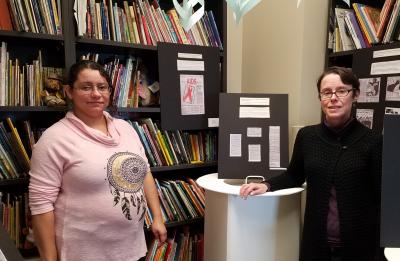
Just the facts
This was an important lesson each group learned in their research, sometimes hitting roadblocks, assuming they would find what they were looking for, but finding something quite different instead. In addition to this concept and considering his research in the history of AIDS in Stoutonia, Thue learned that in journalism it is important to try and remain impartial with regards to your topic.
“As journalists, it's our job to remain impartial and give the facts so that our readers can interpret the story however they feel,” Thue said.
The majority of Professor Edenborg’s convergent communication students had not visited the University Archives before. Thue and Muckley both admitted the archives were a new source of information to them.
“I really enjoyed my time there,” said Muckley. “I plan on going in for personal research purposes after the class is over.”
With their time in the archives complete, the groups created displays of their research which were staged in the Children’s Literature Library on the third floor of Harvey Hall. Creating her display gave Muckley a new perspective on her group’s research.
“We were creating a snapshot into the past of Stoutonia,” Muckley said. “It was hard to decide what pictures or data to place on the labels and what we felt was the most important information about our topic.”
The Children’s Literature Library is open to anyone and different research displays will be on rotation.





